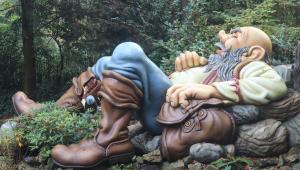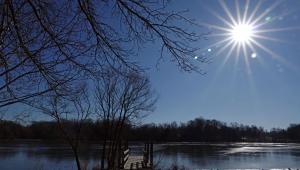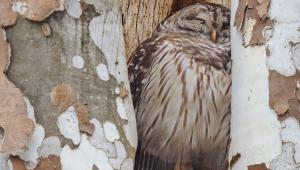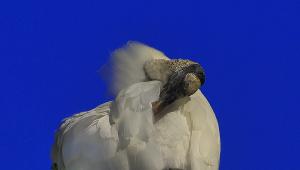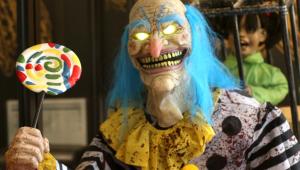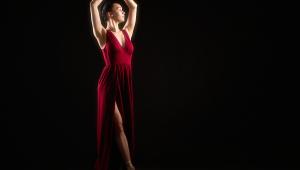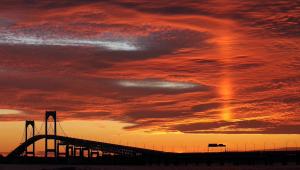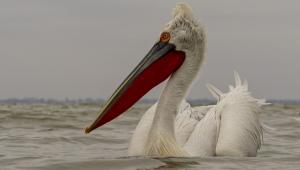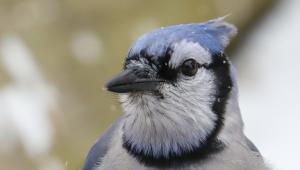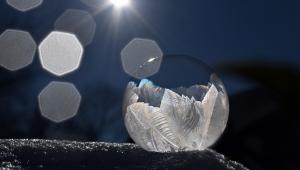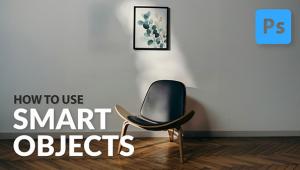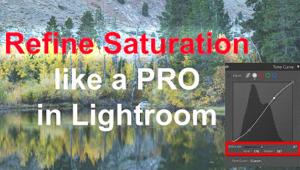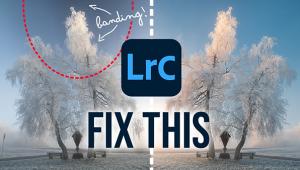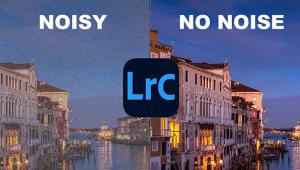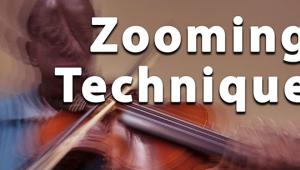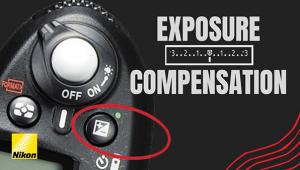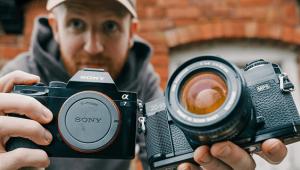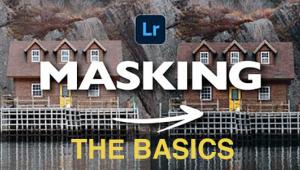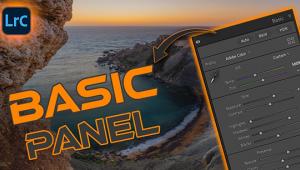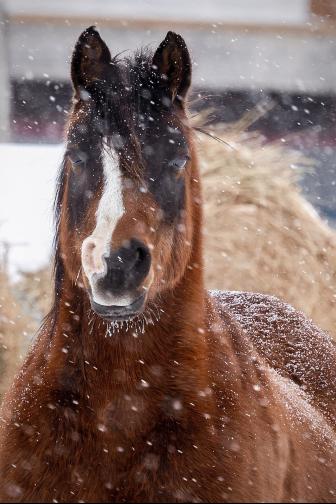I have this camera with a 50mm 1.9 Serenar lens. My dad bought this back in 1950 when he was in the service. :)
Classic Cameras
The 1950 Canons; Classic 35mm Cameras Page 2
In `50, the C. R. Skinner Company, based in San Francisco, became the first factory-authorized US importer of Canon cameras, and a randomly serial numbered batch of about 50 among the trial cameras was allocated to Skinner for sale. Canon must have forgotten this group when they made the distinction about mates for the Rapid Wind Baseplate starting at serial 50200. The Skinner cameras, all with serials between 50000 and 50200, were the flash-synchronized type, trials for the Canon IV. They were specially engraved on their baseplates: "MADE IN OCCUPIED JAPAN/SERVICED AND GUARANTEED IN SAN FRANCISCO CALIFORNIA." Cameras shipped to Skinner after this original batch do not have such baseplates. At first, Skinner advertised and sold this model as the Canon IIC, not the Canon IV, because at the time his company received them the previous model was the Canon IIB: he was simply following the progression as he anticipated it.
 |
|
|
Though uncommon, this Skinner version is the one most widely known today,
and we should probably now call it the "Skinner Canon IV-1950."
The fault for having first called it simply "The Canon 1950" is
mine alone; I did not know in `84 what I know now. Its special importance
is that it was the very first Canon designated particularly for the western
marketplace. Previous sales to westerners had almost all been through the post-exchange
system.
In about 35 years of Canon study, I have never seen an example of the third
of the `50 variants, nor have I ever encountered anyone who has seen one,
much less owned it. This camera would be all but totally unknown were it not
for the fact that it was used to illustrate the very earliest Canon III instruction
book, How to use your CANON Model III, and dated "ES-2-51" on the
back cover. We should probably call this unsynchronized trial variant the "Canon
III-1950." In appearance it is obviously very like the Canon IV-1950,
but without the synchronizing mechanism and the external flash rail. Like the
trial IV, its speeds top out at 1/1000 sec, and it is constructed with the step-inclusive
rewind mechanism, the loading diagram internal lower shutter crate cover, and
all the other new-in-'50 Canon attributes. It seems likely that the serials
of most of these cameras occurred near the end of the 50000-50200 range; they
have no Skinner markings, but are unlike the production Canon III in retaining
the old "Canon Camera Company Ltd." logo on the top finder cover
shell of all but the final few examples. Canon's change from "Canon
Camera Company Ltd." to a newer logo, then, slightly preceded the final
few of the 50000-50200 series of trial cameras, and most likely was used for
a few of the last Canon IV-1950 bodies as well, though almost certainly not
the Skinner variants.
 |
|
|
Today, the earliest known Canon from the 200-camera group is serial 50004,
part of an outstanding European collection. Interestingly, it has a later locking
slow speed dial with an X-setting between "25" and "8,"
and factory-installed IVSB synchronization: it is an early trial IV that had
been retained by the factory and later modified there and used as a second trial,
this time for the IVSB. Number 50004 was sent by Canon to Skinner in late `51
or early `52, probably to demonstrate and obtain an evaluation of the
newer X-sync mechanism; when Skinner was succeeded by Balfour & Guthrie
as the US agency for Canon, it was remaindered to an individual buyer.
In summary, Canon was a very busy organization during `50. The Canon IIB
was redesigned and improved. A limited number of cameras in the serial range
50000-50200 were made, perhaps though not certainly as many as 200. These were
trials for what became the Canon III and the Canon IV; ones specially marked
for sale from San Francisco form an important historical variant of the latter.
We can call these three sets of cameras the "Canon IV-1950," the
"Canon III-1950," and the "Skinner Canon IV-1950." And
finally, at the very end of `50, Canon III and IV design was standardized
and serial production of these two cameras began.
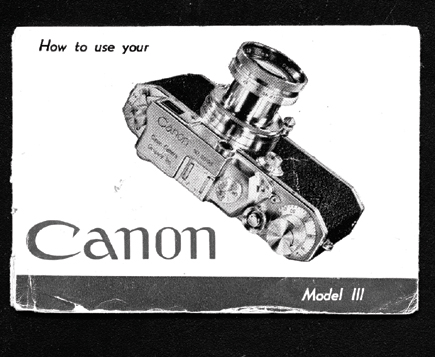 |
|
|
What are the trial cameras worth today? Depends on how badly you want one,
of course, but in the May 2005 WestLicht auction, a Skinner Canon IV-1950 sold
for 9000 euro plus buyer's commission, a total payment of roughly $13,500.
Since no one has yet knowingly bought or sold a Canon III-1950, the sky is probably
its value limit. Good luck!
1950 clearly marked an important turning point in Canon's maturing process.
By the end of that year their cameras were no longer in any important way "Leica
copies": they had been almost completely redesigned to incorporate a very
original combined range-viewfinder dating back to `49 and the vastly improved
new shutter mechanism of `50. No Canon camera historian or collector should
ever overlook an opportunity, rare as it may be, to at least inspect, even if
not actually to acquire, one of the `50 trial Canons. If you find a verifiable
III-1950, please let me know about it!
- Log in or register to post comments

